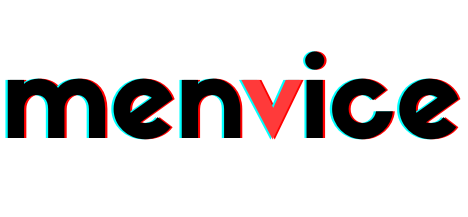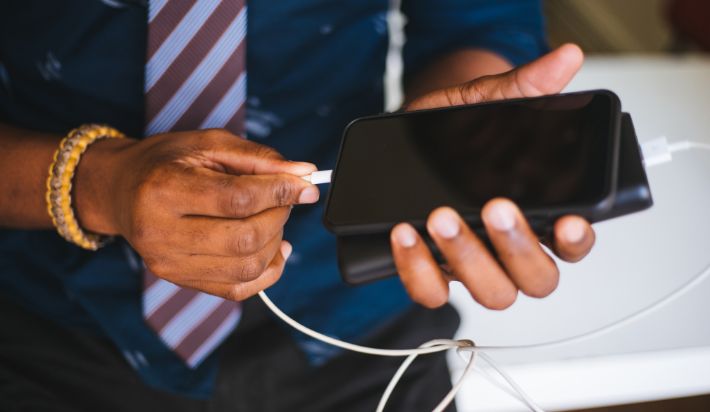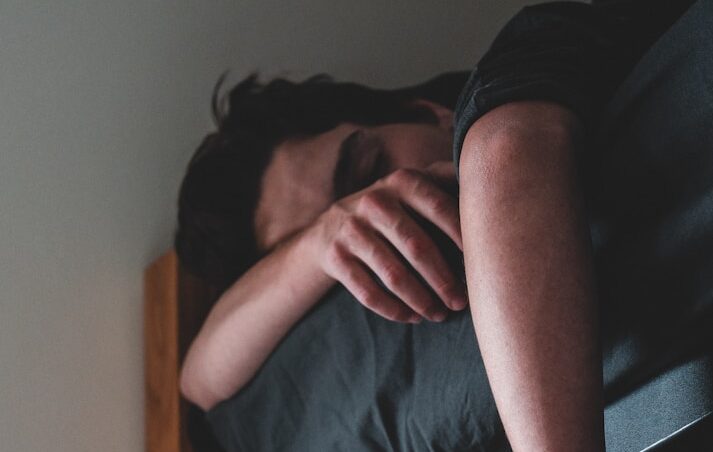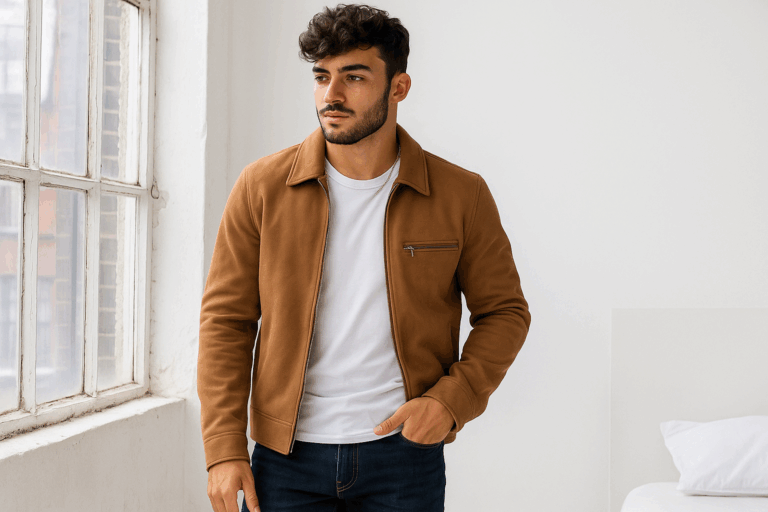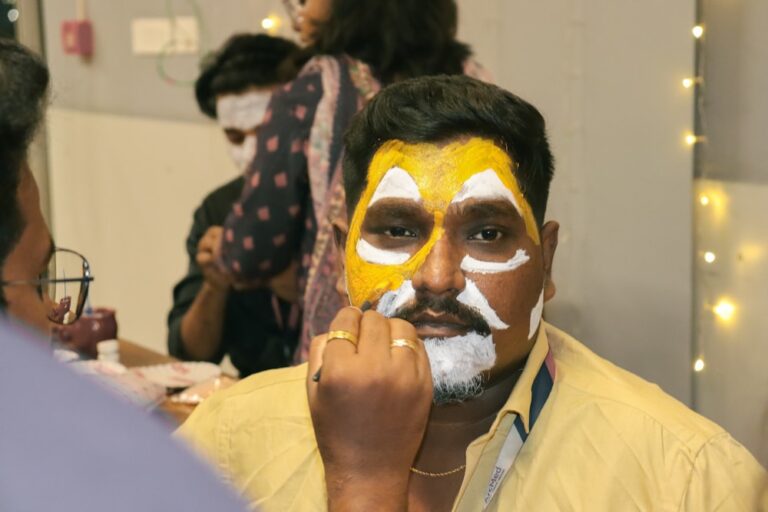
Elegance in Rebellion.
Own the Edge.
Digital Minimalism Made Real: Tools and Habits to Stay Sharp Without Getting Lost Online
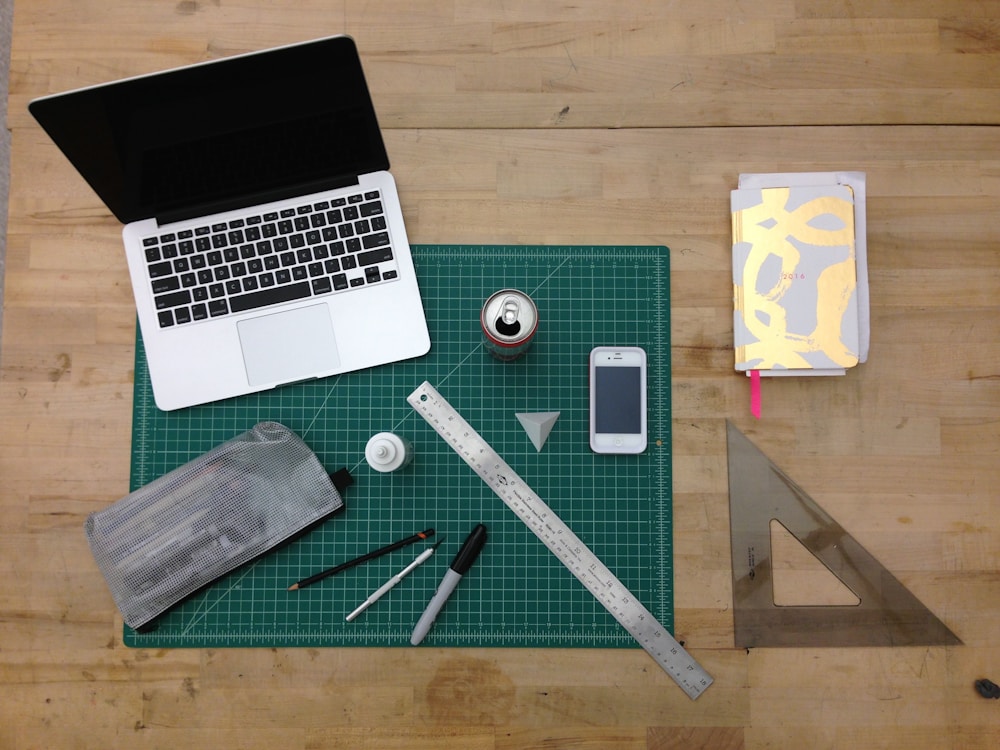
Screens are everywhere. Notifications, endless tabs, social media feeds, chats — it’s easy to end up feeling like your attention is the product, not the user. Digital minimalism doesn’t mean giving everything up. It means choosing what to keep so that you stay focused, present, and mentally sharp.
This post gives you habits, mindsets, real Amazon products that help—not gimmicks—and routines you can start using today.
What is Digital Minimalism, Really
- Intentional usage, not unconscious scrolling.
- Clarity over clutter: fewer apps, fewer tabs, more value.
- Boundaries so tech serves you, not the other way around.
- Rest for the mind: less noise, more recovery.
Why You Feel Lost Online
| Indicator | What it actually means |
|---|---|
| Checking phone first thing in morning | Your dopamine loop is set before you’ve thought. |
| Scrolling until late at night | Blue light + mental arousal = sleep sabotage. |
| Multiple tabs, no focus | Cognitive overload; low productivity. |
| Anxiety if you can’t respond immediately | Tech addiction signaling lack of boundaries. |
Once you see these signs, digital minimalism isn’t optional—it becomes necessary.
Four Pillars to Stay Sharp
- Audit: Know what’s on your phone, what notifications you get, which apps you actually use.
- Remove: Uninstall / mute / disable what doesn’t add value.
- Build back: Add tools intentionally, for work, rest, growth.
- Ritualize: Make habits that support focus and rest; protect your mental energy.
Useful Tools & Amazon Products
Here are Amazon-available tools to help put digital minimalism into practice. These are things that support focus, reduce distractions, and improve recovery.
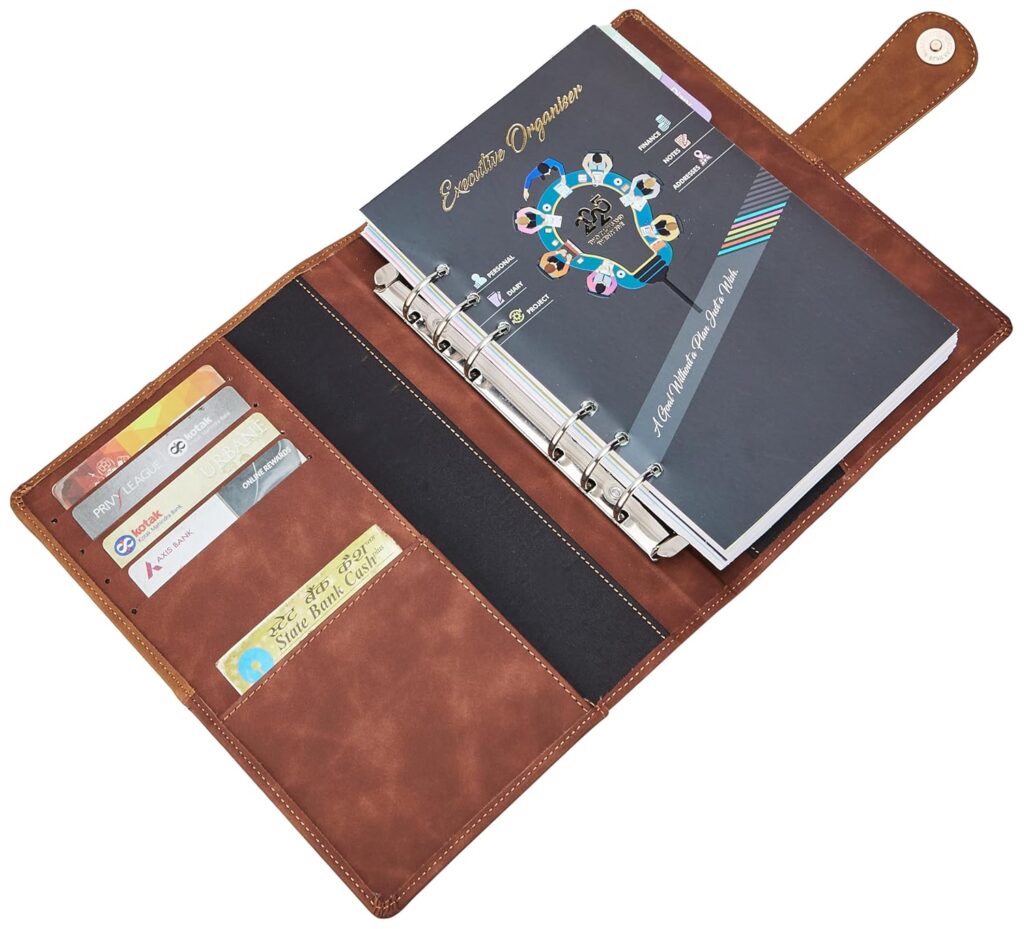
- Eono Daily Planner Undated 3‑Month Planner: Great for writing down your tech usage plan, blocking out “no-screen times”, scheduling focused work. Helps externalize what’s often mental clutter.
- Amazon Basics Dated Diary & Organizer: For people who like structure. If you plan your day with slots for “checking emails / social media / reading / rest”, you get control back.
- Livho Blue Light Blocking Glasses (99 % Protection): Evening screen time can ruin sleep. These glasses reduce blue light exposure, ease eye strain, improve comfort when you must use devices late.
- Digital Minimalism: Choosing a Focused Life (book): A book (by Cal Newport) that lays out philosophy, practice, and stories. Helps give you mindset language to resist distraction habits.
You can use one or more of these depending on your pain point (e.g. sleep, overload, planning). They aren’t magic, but they help.
Habits That Stick
Here are habits, with steps you can follow. Pair them with the tools above for support.
| Habit | How to Start | When to Do It | Why It Works |
|---|---|---|---|
| Morning phone-free time | Upon waking, keep phone on silent or in another room for first 30 min. Use planner instead of phone to jot goals. | First thing in morning | Reduces dopamine hit, sets tone for the day. |
| Scheduled app check times | Pick 2-3 times a day (like 11 am, 4 pm, 8 pm) to open social apps; disable notifications outside those times. | Midday & evening | Breaks the “always reachable” cycle. |
| Digital sunset | 1 hour before bed: use blue light glasses, dim lights, avoid social media. | 1 hour pre-bed | Helps melatonin production, improves sleep quality. |
| One device-free zone | Choose one area (bedroom, dining table) where devices are not allowed. Maybe use physical planner there. | Always | Creates mental rest spaces. |
| Weekly review | Once a week, use the planner or diary to write: what worked, what sucked, what apps I can remove. | Weekend / any low-stress moment | Reflects progress & reconfigures strategy. |
Routine Example: One Day with Digital Minimalism
Here’s how a sample daily schedule might look when you adopt these tools + habits:
| Time | Activity | Minimalist Adjustment |
|---|---|---|
| 6:30 am | Wake up, no phone for first 20 min | Use planner to set 3 goals for the day |
| 7:30 am | Breakfast + reading | Read a few pages from Digital Minimalism instead of checking phone |
| 8:30 am–12:30 pm | Work / focused time | Notifications off; only needed apps open |
| 1:00 pm | Lunch | No devices; physical break |
| 3:00 pm | Afternoon slump | Short walk or stretch instead of opening social media |
| 6:00 pm | Wind down work | Plan next day in planner; schedule what social time you want |
| 8:00 pm | Dinner | No phones at table |
| 9:00 pm | Screen usage if needed | Blue light glasses on; set tech settings to night mode |
| 10:30 pm | Pre-sleep routine | Journaling or reading physical book; lights dim |
Dealing With the Hard Part: Cravings, FOMO, and Habit Fade
It’s not always easy. Your mind will push back. Here are ways to handle it:
- Cravings to check phone: Replace with other small rewards — stretch, walk, chat, sip water.
- FOMO (Fear of Missing Out): Remind yourself: social media show curated highlights, not full lives. What you sacrifice in quantity you gain in mental clarity.
- Habit fade: Use triggers — for example, always write in planner right after breakfast. Build consistency before adding more.
How to Measure Progress
You need to see improvement, else it’s easy to slip back into old ways.
| Metric | How to Track | Target After 3 Weeks |
|---|---|---|
| Daily hours on social apps | Use screen time tools / phone settings | Reduce by ~30% from baseline |
| Sleep quality / hours | Use blue-light glasses + sleep tracker (or journaling) | More restful nights; easier falling asleep |
| Number of unplanned screen “dives” (times you open phone without intent) | Journal or note mentally when it happens | Drop frequency by half |
| Focus blocks completed | Use planner to schedule focus times | 3-4 blocks per workday |
Common Pitfalls and How to Avoid Them
- One-week fade: You start strong but by Day 5 you’re back checking phone constantly. Fix: don’t try to change everything at once. Start with one habit (e.g. phone-free mornings) before layering more.
- Guilt traps: Beating yourself up when you fail is self-defeating. Better to notice, learn, adjust than to shame.
- Over-optimizing for productivity: Minimalism isn’t about squeezing more output; it’s about better quality of life.
- Neglecting real relationships: If digital minimalism isolates you, then it’s mis-applied. Use tech to enhance real connection, not replace it.
Putting It All Together: 14-Day Kickstart Plan
Here’s a two-week plan that uses the ideas + some Amazon tools so you can start seeing change.
| Day | Focus Habit | Tool/Product to Help |
|---|---|---|
| Day 1 | Morning phone-free time | Planner (Eono or Amazon Basics) |
| Day 2 | Audit apps + disable non-essential notifications | Use phone’s built-in tools |
| Day 3 | Digital sunset begins | Blue light glasses (Livho) |
| Day 4 | One device-free zone established | Physical planner nearby zone |
| Day 5 | Set times for social media | Use built-in timers (phone) |
| Day 6 | Weekly reflection: what helped, what didn’t | Use diary/planner |
| Day 7 | Rest recovery: do something offline you enjoy | No tools—pure time off screens |
| Day 8 | Add reading time instead of scrolling | Book: Digital Minimalism: Choosing a Focused Life |
| Day 9 | Maintain blue-light protection in evenings | Glasses + reduced screen brightness |
| Day 10 | Limit multitasking between devices | Use planner to schedule single-task blocks |
| Day 11 | Evaluate what’s still needed from your app list | Uninstall/drop or mute some |
| Day 12 | Introduce “phone check only twice a day” period | Planner reminders |
| Day 13 | Offline connection: have a tech-free gathering | Use planner to schedule |
| Day 14 | Reflect and plan next month’s digital minimalism adjustments | Diary/planner notes |
In The End
This isn’t about radical deprivation. It’s about choosing what improves your life. When you reduce the noise, your focus sharpens. When you protect your rest, your mind recovers. When you plan your tech instead of being planned by it, you get to actually live rather than just scroll.
Pick one product + one habit above. Commit for two weeks. Watch what changes. You’ve got this.
Here are some books that I would recommend you to read.
+ Digital Minimalism by Cal Newport
+ Digital Declutter: The BIG Checklist To Obtain Digital Minimalism
